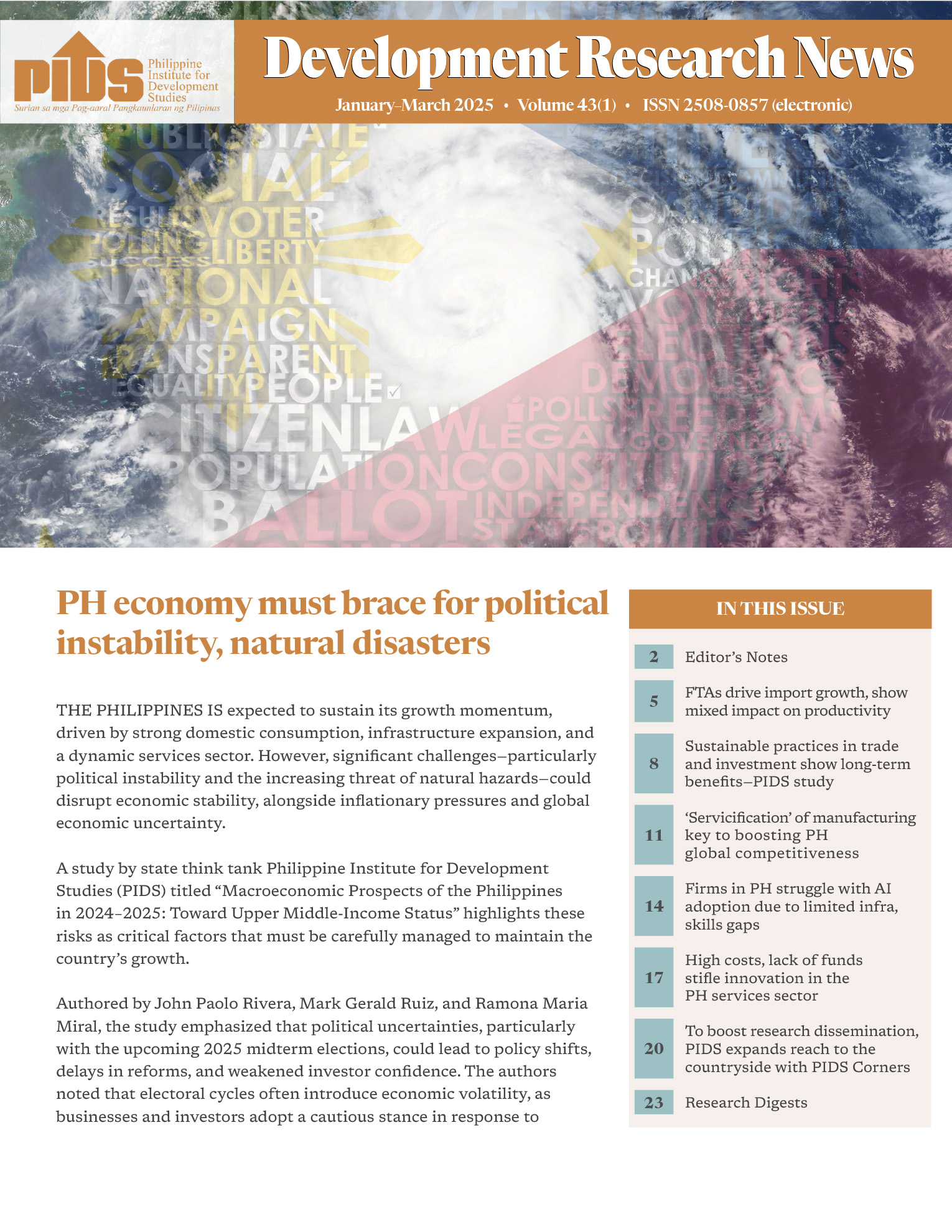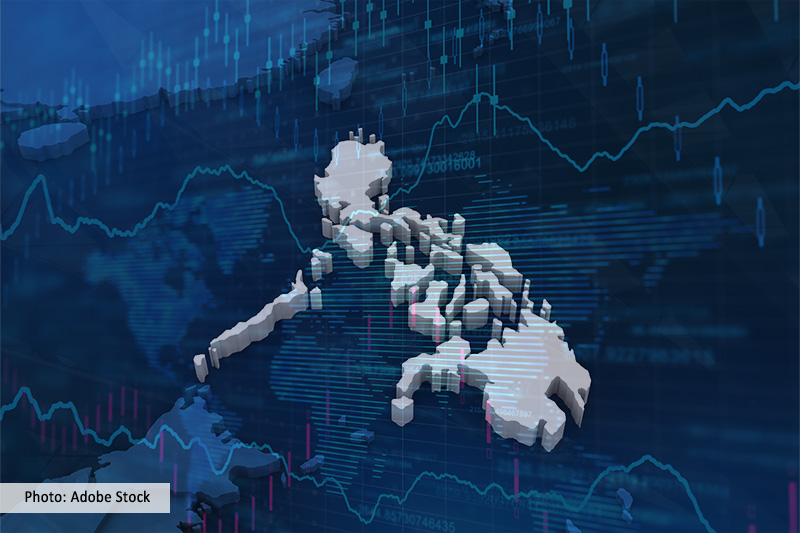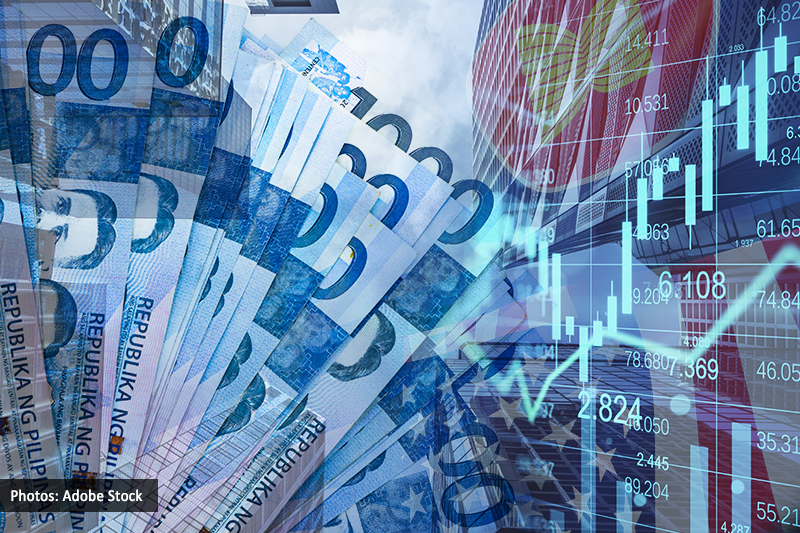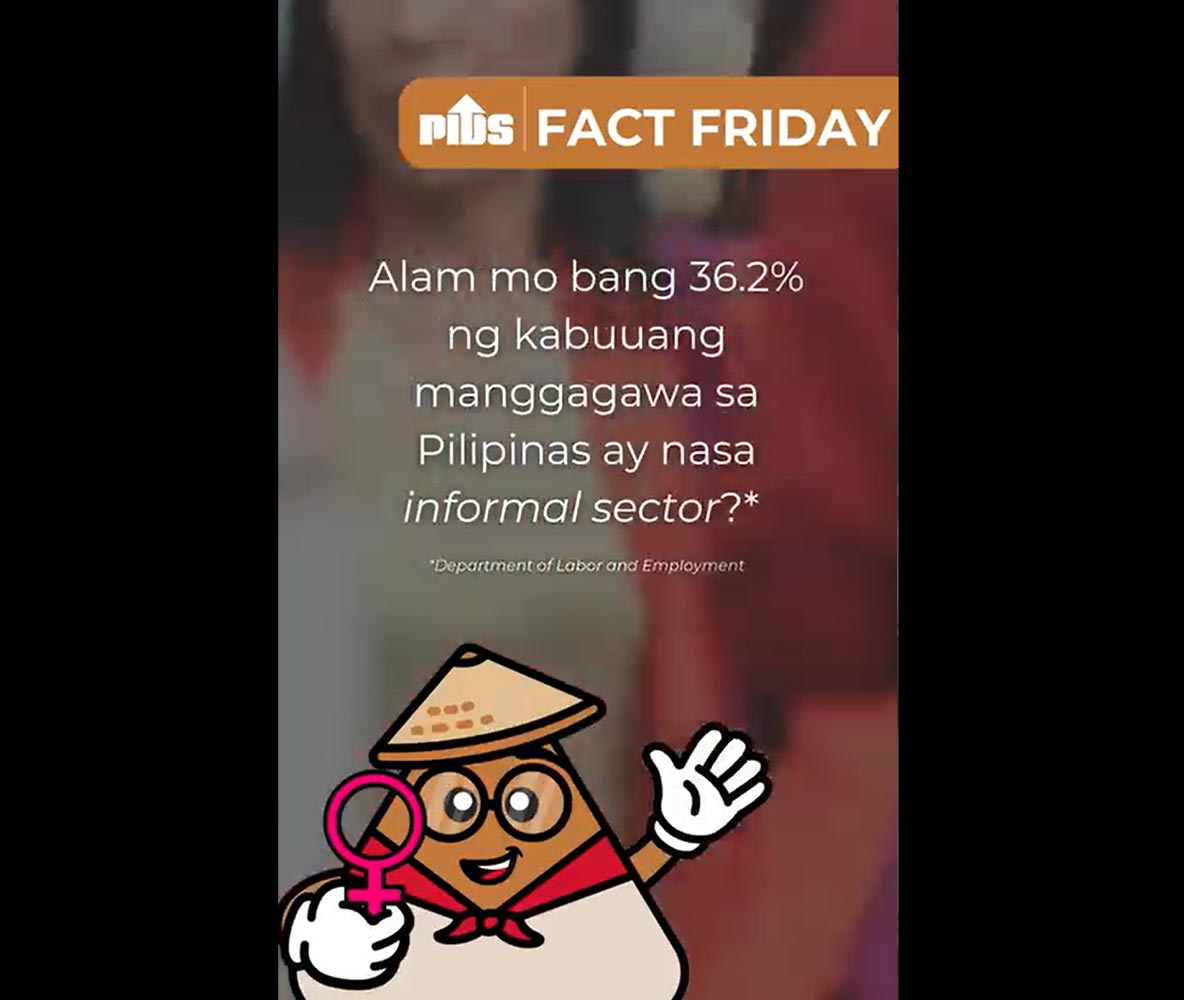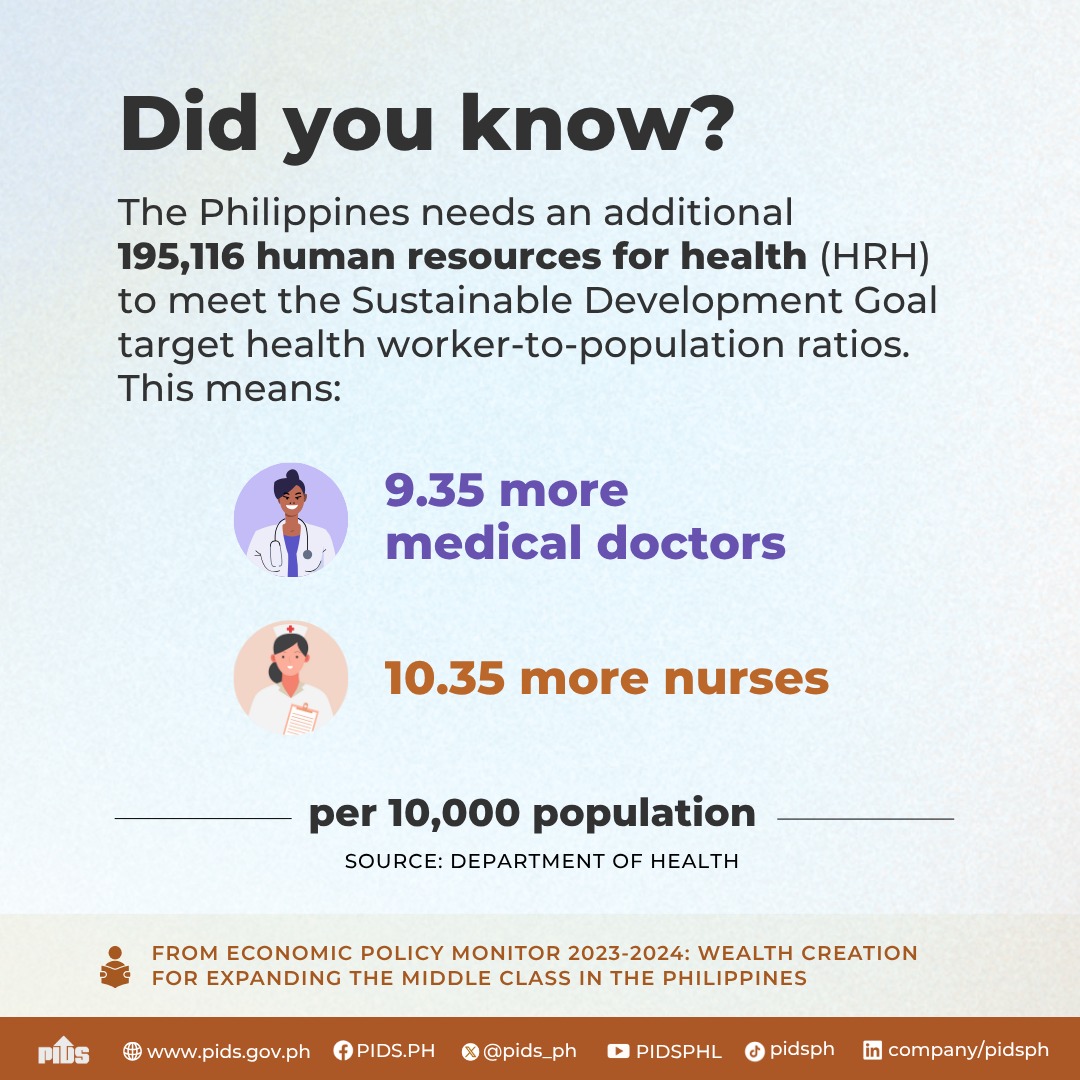MANILA, Philippines – The digital economy of the Philippines grew at a slower rate in 2024, resulting in a smaller share to total output, after e-commerce posted a softer expansion following the country’s previous bout of high inflation and interest rates.
The gross value added of the local digital economy went up by 7.6 percent year-on-year to P2.25 trillion in 2024, the Philippine Statistics Authority (PSA) reported on Tuesday.
But that pace of expansion marked a moderation from the 8.8-percent growth seen in 2023.
Such a slowdown, in turn, translated to a smaller contribution to the Philippines’ gross domestic product (GDP).
The PSA said the digital economy contributed 8.5 percent to the country’s P26.4-trillion GDP last year, lower than its previous share of 8.6 percent in 2023.
E-commerce
State statisticians said the digital economy encompasses digital transactions under four key components: digital-enabling infrastructure, digital content and media, e-commerce and government digital services.
Data showed the growth of e-commerce––which accounted for 13.5 percent of the local digital economy––significantly eased to 10.2 percent in 2024, from 31.8 percent previously.
It was the only component of the digital economy that registered a weaker expansion.
Reinielle Matt Erece, an economist at Oikonomia Advisory & Research Inc., said the last episode of high inflation and expensive borrowing costs might have prevented e-commerce from mustering a stronger growth.
“The slow e-commerce growth is reflective of slow consumer demand growth,” Erece said.
“In 2024, the inflation numbers, especially during the first half of the year, may have affected expectations, and consequently demand for goods which may have encouraged saving,” he added.
Meanwhile, digital-enabling infrastructure––the biggest contributor to the digital economy with an 83.8 percent share––grew at a faster rate of 7.3 percent from 6.4 percent before.
Under this segment, ICT-enabled services, which count professional and business support services as well as digital payment services, expanded by 11.1 percent from 10.4 percent previously.
Growth of digital content and media also sped up to 5.1 percent in 2024, from 4.4 percent in the preceding year.
Lastly, government digital services returned to growth mode after expanding by 2.3 percent, a reversal from the 37.5 percent contraction in 2023.
Sustained growth
Erece said the government could play a more active role in boosting the digital economy by ramping up digitalization initiatives, particularly in tax collection.
“This calls for better digitalization efforts to enhance revenue collection, ease of doing business and overall improve government efficiency,” he added,
In terms of employment, the digital economy engaged 11.30 million workers in 2024, up by 4.8 percent from 10.78 million in 2023. The sector’s share to the total national employment stood at 23.1 percent.
John Paolo Rivera, a senior research fellow at state-run think tank Philippine Institute for Development Studies, believed that the digital economy would likely clock in stronger growth in the next few years.
“Moving forward, growth in this sector will likely remain strong, fueled by e-commerce, digital finance, health tech, AI applications and remote services,” Rivera said.



